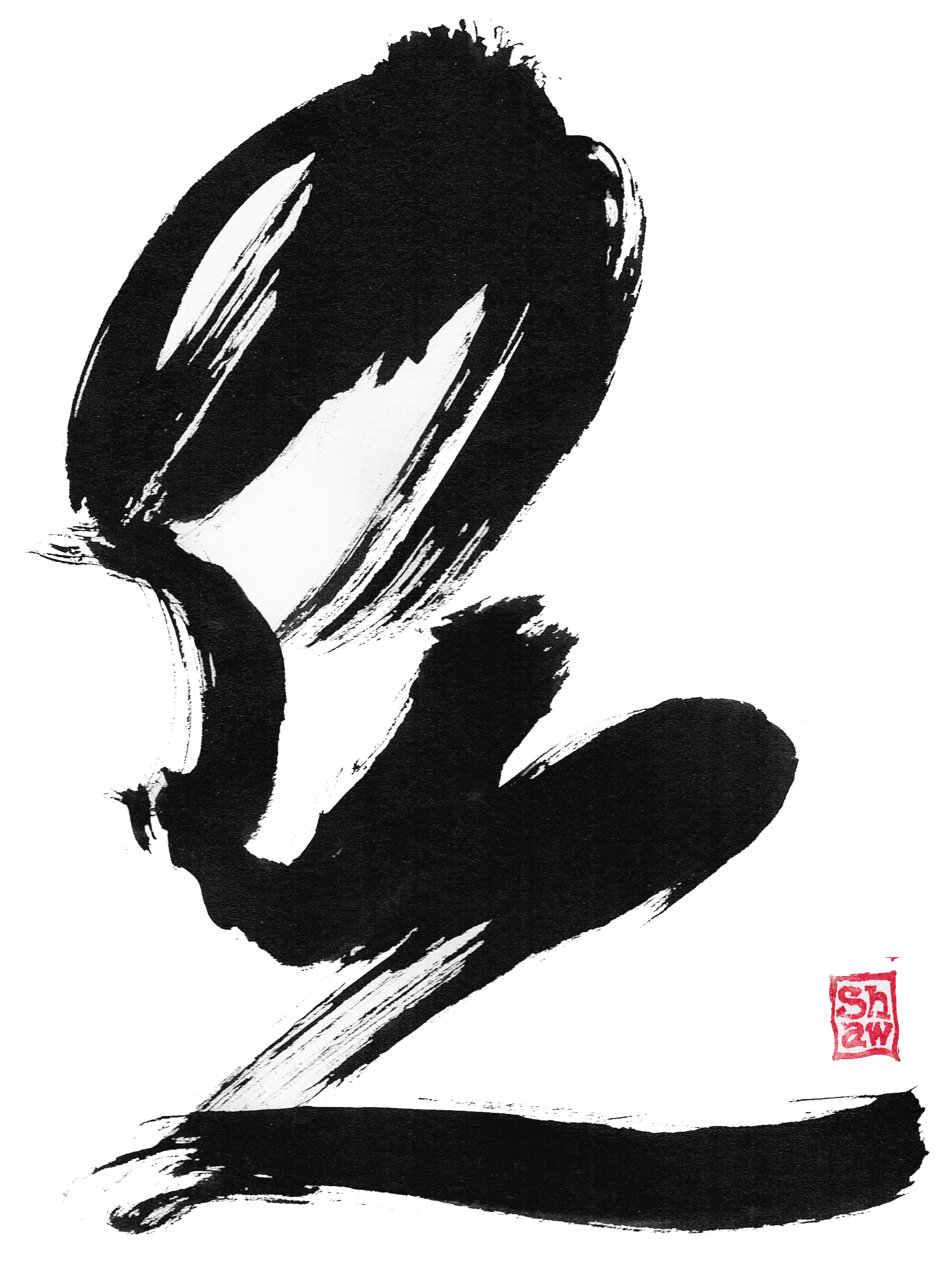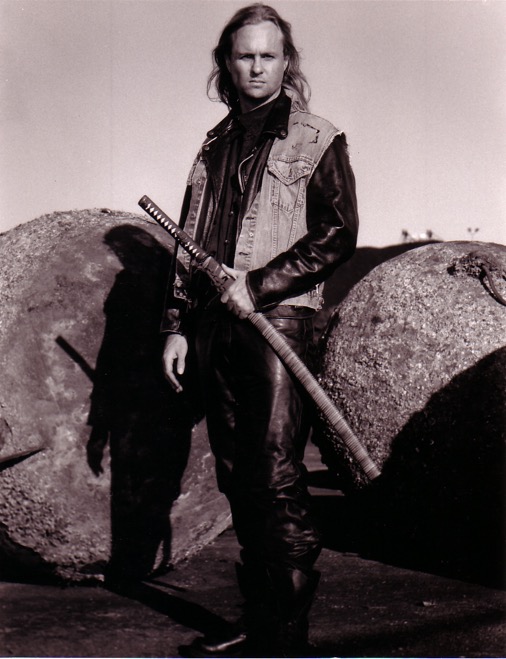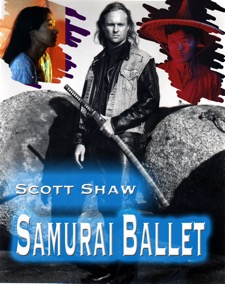Scott Shaw Samurai Ballet



Scott Shaw Samurai Ballet
Analyzing Scott Shaw's Samurai Ballet:
A Dive into Zen Filmmaking
Scott Shaw's Samurai Ballet (1994) transcends the boundaries of conventional filmmaking, embracing a Zen Filmmaking philosophy to deliver a unique and introspective experience. This analysis delves into the film's narrative, aesthetic choices, and thematic explorations to uncover its deeper meaning.
Narrative Labyrinth
The plot, while seemingly straightforward on the surface, functions as a symbolic journey. Alexander Hell's quest to rescue Kala represents the quest for personal enlightenment, navigating fantastical landscapes populated by metaphorical challenges. The Warlord embodies destructive impulses, while Lord Kaga symbolizes inner wisdom. The film's dreamlike shifts and improvisational nature challenge linear interpretation, inviting viewers to participate in creating their own meaning.
Aesthetics of Imperfection
Shaw's use of Super 8 film and minimalist production design deliberately rejects Hollywood polish. The grainy, lo-fi aesthetic mirrors the protagonist's internal turmoil and emphasizes the film's rawness and spontaneity. The focus lies on movement and expression, with fight choreography blending dance and martial arts, further aligning with the "ballet" motif.
Zen Themes
Samurai Ballet is steeped in Zen philosophy. The emphasis on improvisation reflects the core Zen principle of living in the present moment. The protagonist's journey parallels the pursuit of self-discovery and inner peace, with challenges acting as opportunities for growth. The film explores themes of duality (good vs. evil, inner vs. outer), impermanence, and the interconnectedness of all things.
Beyond the Surface
Analyzing Samurai Ballet solely through its narrative or aesthetics risks missing its true essence. The film thrives on its ambiguity and invites contemplation. Its unconventional form encourages individual interpretation, allowing viewers to connect with its themes on a deeply personal level.
Limitations and Legacy
While Samurai Ballet offers a rewarding experience for those seeking cinematic exploration, its limited availability and unconventional style might not appeal to mainstream audiences. However, its enduring impact lies in its innovative approach to filmmaking and its exploration of timeless Zen themes.
Further Exploration
Shaw's body of work, including Samurai Vampire Bikers from Hell and The Roller Blade Seven, offers further insight into his Zen Filmmaking philosophy. Examining critical interpretations and scholarly articles surrounding Samurai Ballet can provide additional layers of analysis and understanding.
Conclusion
Samurai Ballet stands as a testament to the power of unconventional filmmaking. Through its mesmerizing blend of narrative, aesthetics, and Zen philosophy, it invites viewers on a personal journey of discovery, challenging them to look beyond the surface and contemplate the deeper questions of existence.

Samurai Ballet DVD
Samurai Ballet on YouTube